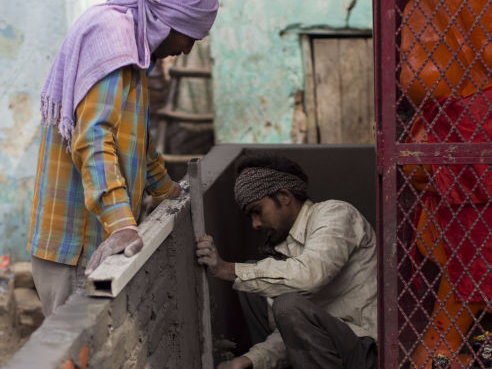Participatory Co-Design
Communities, masons, and city teams co-create solutions through mapping, workshops, and neighborhood committees.
Unsafe housing and degraded ecosystems make urban communities vulnerable. CURE India restores habitats, improves waste systems, and builds resilient, sustainable spaces where people and nature thrive together.
Communities, masons, and city teams co-create solutions through mapping, workshops, and neighborhood committees.
Nature-based drainage, slope bio-engineering, green corridors, and permeable surfaces restore urban ecological function.
Community data and GIS help identify hotspots, prioritize works, and monitor outcomes transparently.

The degraded slope of Aravali Biodiversity Park near Nepali Basti was revived with cleared waste, planted trees, treated wastewater, and eco-fencing, turning it into a greener, safer, and flood-resilient area.

The 4.4 km Taj East Drain was transformed with sewers, home toilets, DEWATS, wetlands, and reclaimed public spaces, turning a polluted waterway into a cleaner, healthier, and community-friendly environment.

A community-operated DEWATS in Kuchpura transforms polluted water into a safe resource for agriculture and daily use, reducing health risks and inspiring replicable wastewater treatment.
Figures indicative of cumulative outcomes across Habitat & Ecology interventions.
“After the drainage and slope works, our lane doesn’t flood and children can play safely. The new green corner has become our meeting place.”— Savita, Adarsh Basti resident